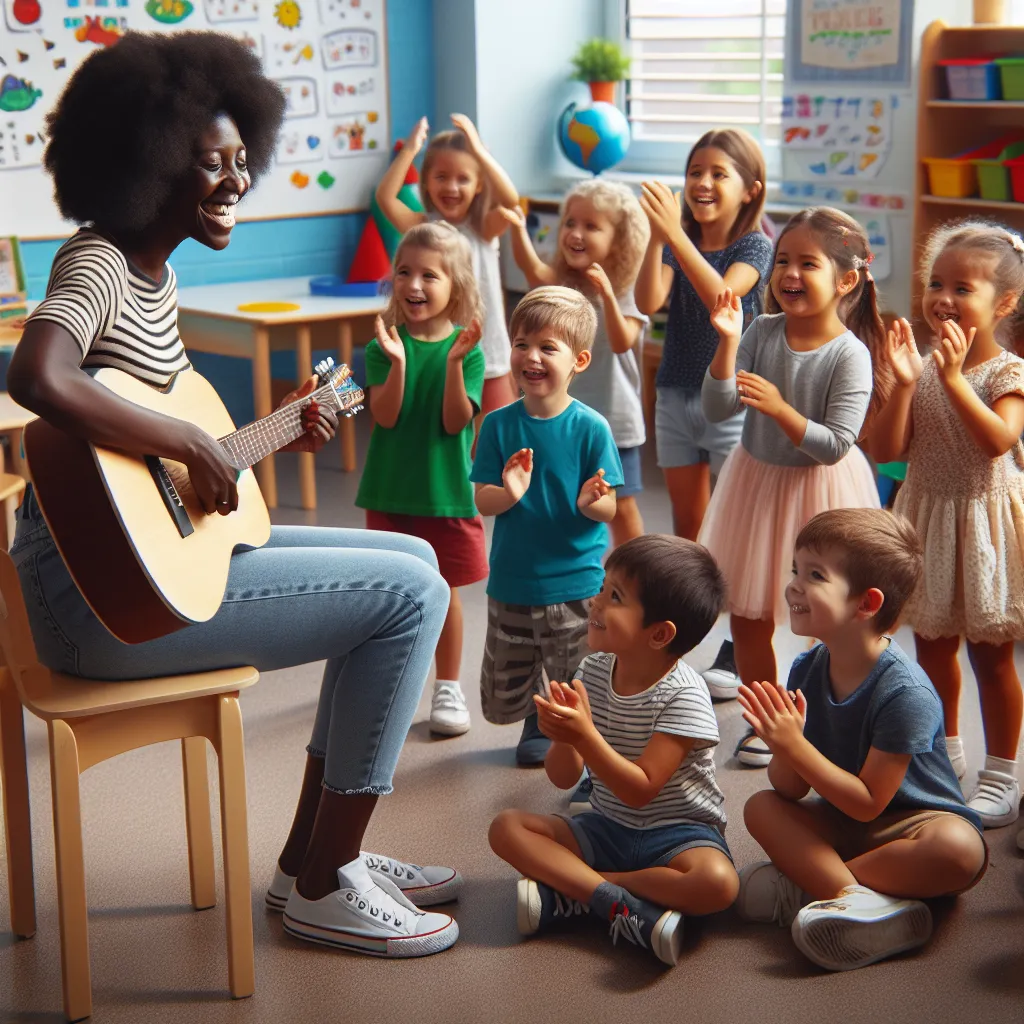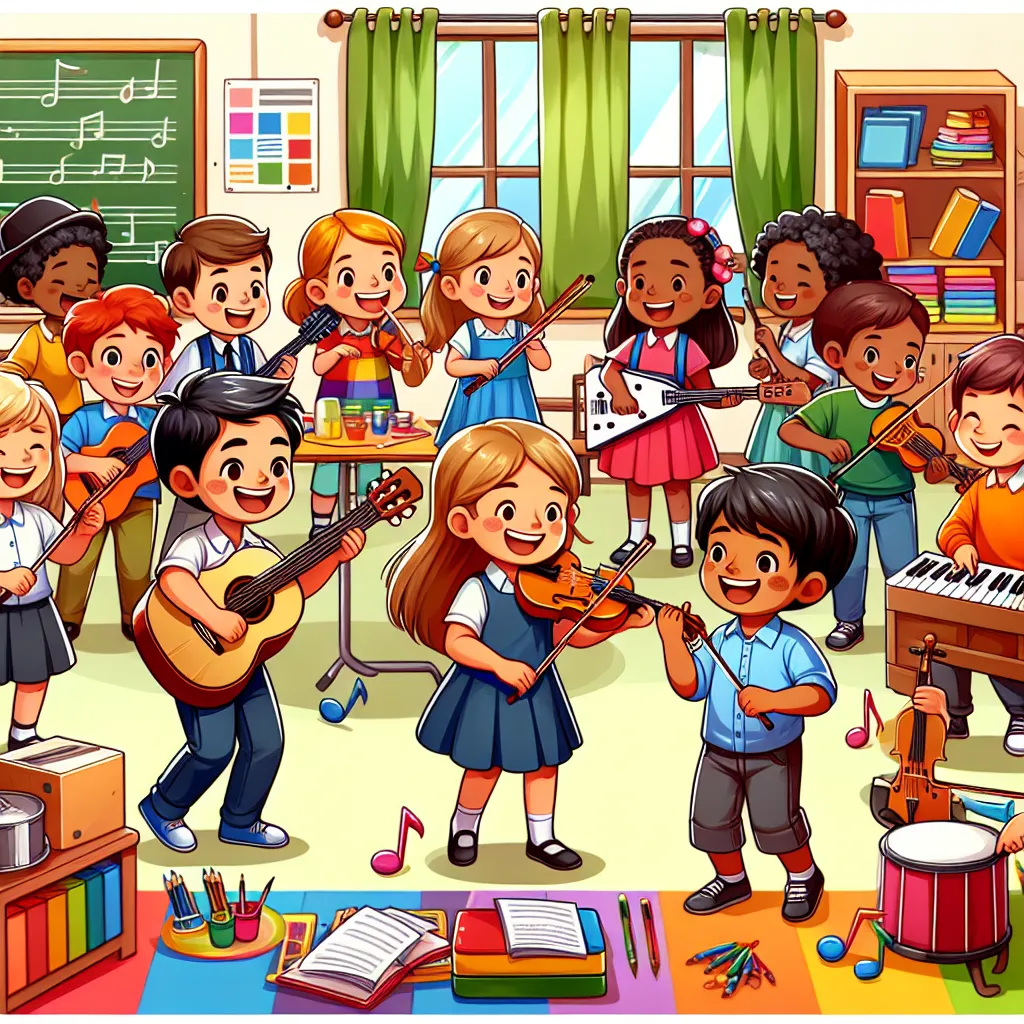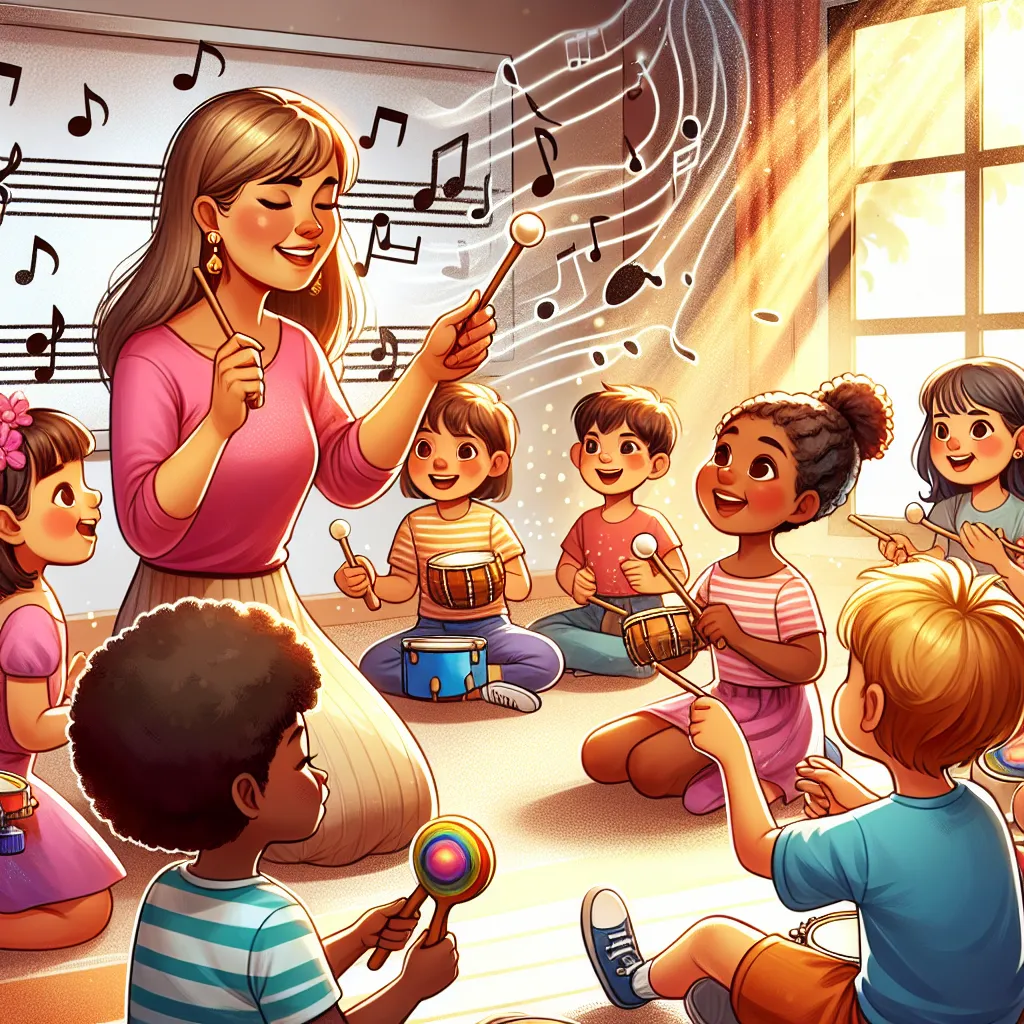Ask AI on The Internet
Question: Plan a lesson that shows integration between music and movement
Creating a lesson that integrates music and movement can be engaging and fun for students of all ages. Here's a structured plan for a 45-minute lesson that brings these two elements together. ### Lesson Plan: Expressive Movement and Music #### Objective: Students will explore how music influences movement and how movement can be used to express musical ideas and emotions. #### Materials: - A variety of musical recordings (classical, jazz, pop, etc.) - Bluetooth speaker or sound system - Open space for movement - Scarves or ribbons (optional) - Drum or percussion instrument (optional) #### Introduction (5 minutes): 1. **Greeting & Introduction (2 minutes)**: - Welcome the students. - Briefly explain the objective of the lesson: exploring the connection between music and movement. 2. **Warm-Up Activity (3 minutes)**: - Lead a simple stretching routine to get the students warmed up. - Play soft background music to set the tone. #### Main Activities (30 minutes): 1. **Sound and Movement Exploration (10 minutes)**: - Play a short piece of music. - Ask students to listen silently for the first minute. Then, ask: - "How does the music make you feel?" - "What kind of movements might go with this music?" - Encourage students to move around the space, improvising movements that they feel match the music. 2. **Guided Movement Activity (10 minutes)**: - Select a new piece of music with a distinct rhythm. - Introduce basic movements that match the rhythm (e.g., marching, swaying, tiptoeing). - Have the students follow your lead initially, then encourage them to add their own variations. 3. **Expressive Movement (10 minutes)**: - Divide students into small groups. - Assign each group a different piece of music (or let them choose from a few options). - Ask each group to create a short movement piece that expresses the emotions or story behind the music. - Give them a few minutes to practice. #### Sharing and Reflection (10 minutes): 1. **Group Performances (5 minutes)**: - Have each group share their movement piece with the class. - Remind the audience to watch respectfully and to think about how the movements match the music. 2. **Discussion (5 minutes)**: - Ask the class questions like: - "What did you notice about how the movements changed with different types of music?" - "How did moving to music make you feel?" - "Did any group’s movements surprise you or give you a new idea?" #### Cool Down and Closing (5 minutes): 1. **Cool Down (3 minutes)**: - Lead the class in a gentle cool-down, with slow stretches and deep breathing to soft music. 2. **Closing Remarks (2 minutes)**: - Recap the day’s activities and reinforce the connection between music and movement. - Provide positive feedback and thank the students for their participation. ### Variations and Extensions: - **For Younger Children**: Use simple, upbeat music and basic movements. Incorporate fun elements like pretending to be animals or nature elements that correspond to the music. - **For Older Students**: Integrate more complex choreography and explore different genres of music. Discuss the cultural contexts of the music and movements. - **Cross-Disciplinary Integration**: Incorporate storytelling, poetry, or visual art. For example, students could draw or write about how the music and movement made them feel. ### Assessment: - Observe and note student engagement and enthusiasm during activities. - Assess group performances for creativity and effort. - Use the discussion to gauge understanding and reflection on the connection between music and movement. This plan is flexible and can be adapted based on the age and skill level of the students. The key is to make it an enjoyable and expressive experience that helps students see the relationship between music and movement.
Think your answer is better than the AI's? Post it below.
Other Most Relevant Posts:
 Ask AI: Use the lesson structure below to design a lesson that shows integration
between music and movement.
Ask AI: Use the lesson structure below to design a lesson that shows integration
between music and movement.
Question Tags
If you want your question answered by an AI, click here.






Post your own comment: